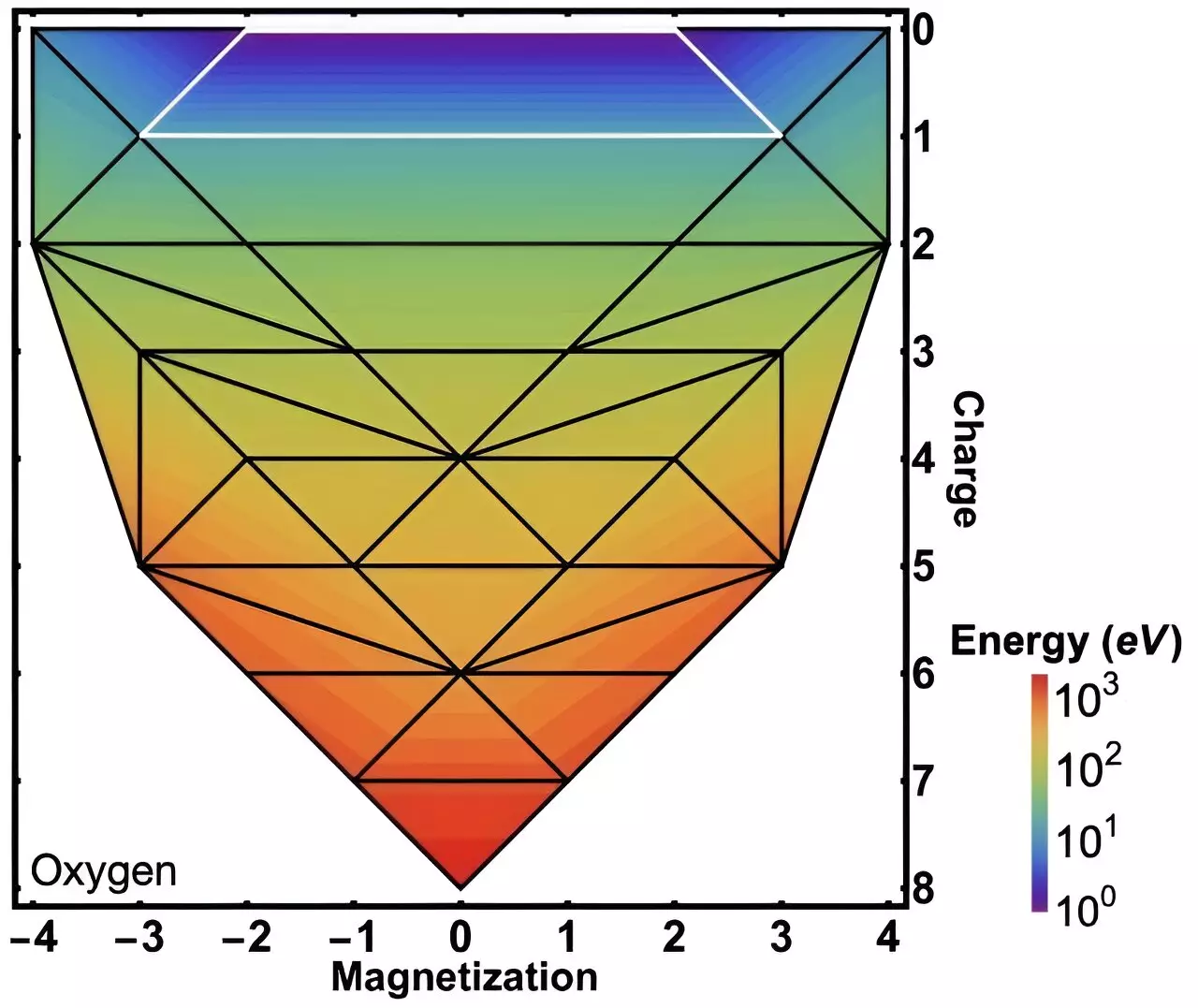In an extraordinary leap for the field of quantum mechanics, a research team from Trinity College has unveiled new theorems that illuminate the intricate “energy landscapes” that govern collections of quantum particles. These findings are not just academic achievements; they represent significant steps toward more accurate computer simulations of materials that could potentially transform green technology. By dissecting how particle interactions and magnetic properties evolve, this research paves the way for a new generation of materials, potentially addressing some of the pressing energy challenges of our time.
For many decades, the nuanced relationship between quantum particles and their energy states has remained shrouded in complexity. The publication of this new work in the esteemed journal *Physical Review Letters* marks a pivotal point in unraveling the mysteries of how energy systems fluctuate with varying particle counts and magnetism. This extension of theoretical knowledge builds directly on a legacy of research efforts dating back to the early 1980s. The collaboration highlights the convergence of diverse expertise, featuring work by Andrew Burgess, Dr. Edward Linscott, and Dr. David O’Regan, who collectively tackled one of quantum mechanics’ long-standing challenges.
Bridging Theory and Simulation
The exploration of atomic and molecular systems through computational mimicking forms a core component of modern physics research. The essence of this work lies in deriving reliable approximations of the equations that govern quantum mechanics, which, though fundamental, are notoriously difficult to solve. In a field where approximations often lead to inaccuracies, the pursuit of more precise theoretical frameworks has taken on added importance. By grounding their findings in well-established quantum conditions, the researchers are advancing our capacity to simulate material behavior with greater confidence and lower costs.
Dr. O’Regan smartly uses the analogy of a “steep-sided valley” made of angular tiles to illustrate their discovery: each shift in position within this valley represents variations in the energy of isolated particle collections. Such visual representations make complex concepts more digestible and provide a framework for how changes in electron numbers or magnetic properties impact the system’s overall energy profile.
A Historical Perspective on Quantum Simulation
Burgess’s journey to uncovering this energy landscape was sparked by a quest for clarity amidst a sea of published graphs that failed to deliver a comprehensive picture. The insight that existing quantum mechanical theorems could fall short for systems with more than one electron—such as helium—exposed a gap in the existing knowledge landscape. This realization further emphasizes that, much like in other scientific domains, there are always opportunities for deeper investigation and clarification.
Dr. Linscott echoes this sentiment, revealing the tangible implications of their theoretical advancements. These insights into the geography of the energy landscape can directly influence the simulation processes employed by scientists seeking new materials for renewable applications—whether that be more efficient solar panels or innovative catalysts that streamline industrial chemistry. The intersection of theoretical advancements and practical applications offers an exciting insight into how scientific inquiries can ultimately yield solutions for real-world challenges.
Real-World Applications: From Batteries to Solar Cells
The envisioned implications reach beyond academic discussion; they promise enhancements in technologies that are already integral to our lives. Energy storage solutions, such as batteries, showcase how fundamental quantum interactions translate directly into functional technology. The relationship outlined by the researchers, specifically, the interplay of energy changes and particle dynamics, underscores the potential for batteries that are not only more efficient but also better aligned with the principles of sustainable energy.
As Burgess articulates, this iterative relationship between theoretical physics and practical applications is what makes the field so compelling. By delving into these “abstract” concepts, researchers are better equipped to devise improved tools for real-world applications. This symbiotic relationship between theory and application emphasizes that breakthroughs in understanding the intricate energies of materials can directly influence the development of technologies essential for combating climate change.
The Excitement of Discovery
For researchers like Burgess, the thrill of uncovering these new theorems lies not only in solving theoretical puzzles but also in the knowledge that their work can have lasting effects on our technological landscape. This breakthrough exemplifies the excitement that thrives at the intersection of theory and practice—a fusion that possesses the power to drive innovation forward. The energy valleys that they’ve mapped out might just enable future breakthroughs in fields from renewable energy to innovative chemical processes. Their findings, thus, are not only a philosophical triumph in understanding the universe at its most fundamental level but potentially a catalyst for a greener, more sustainable future.


Leave a Reply